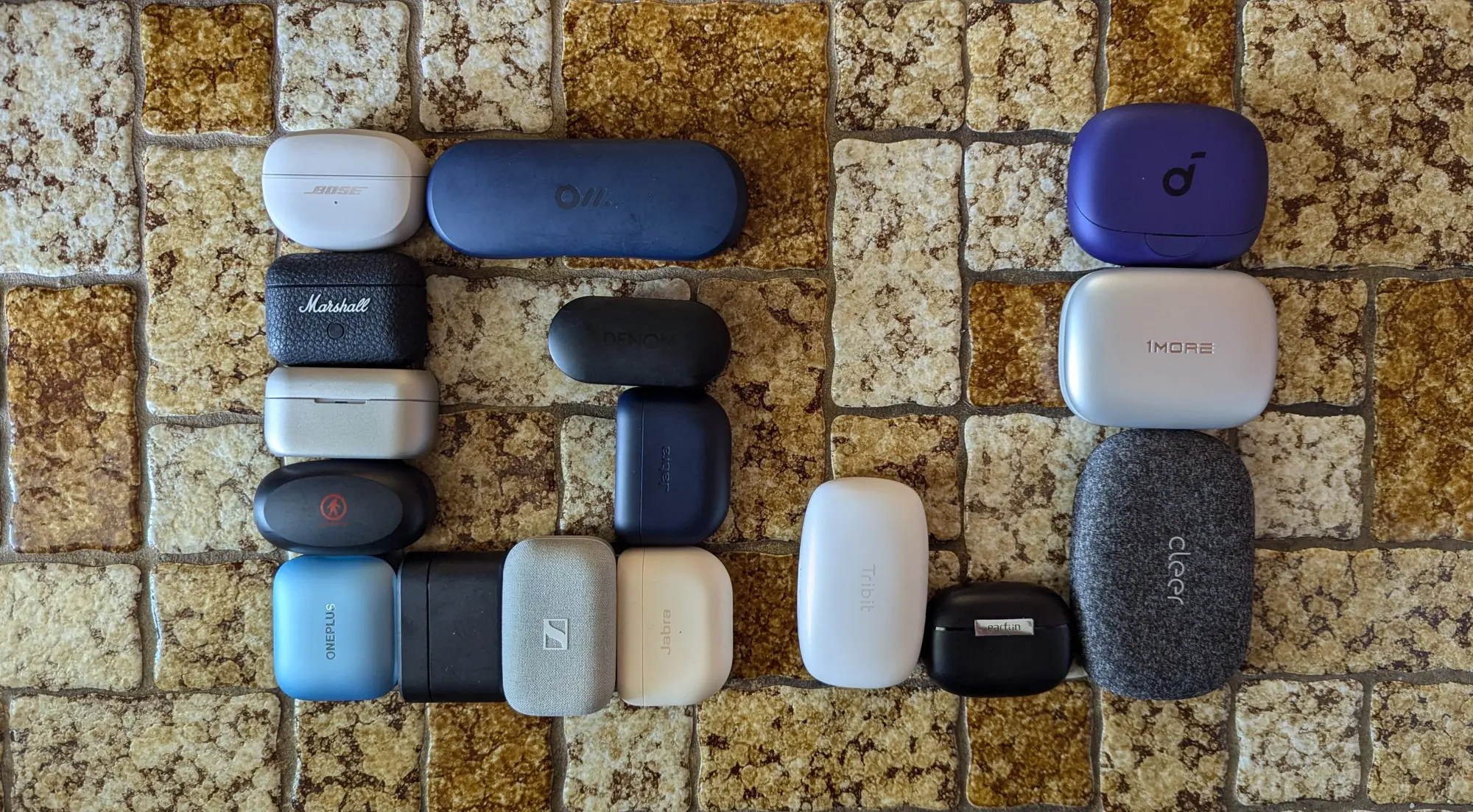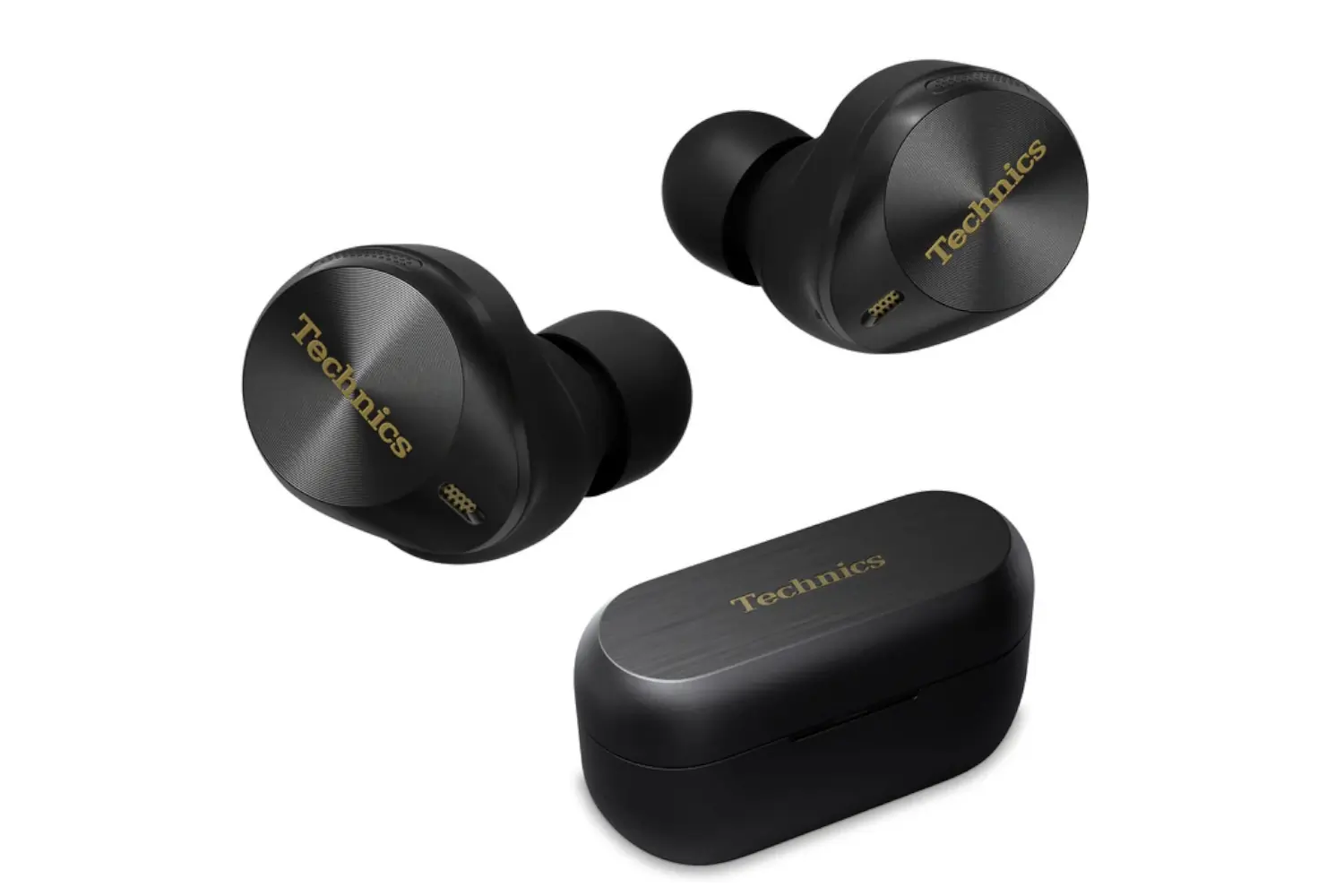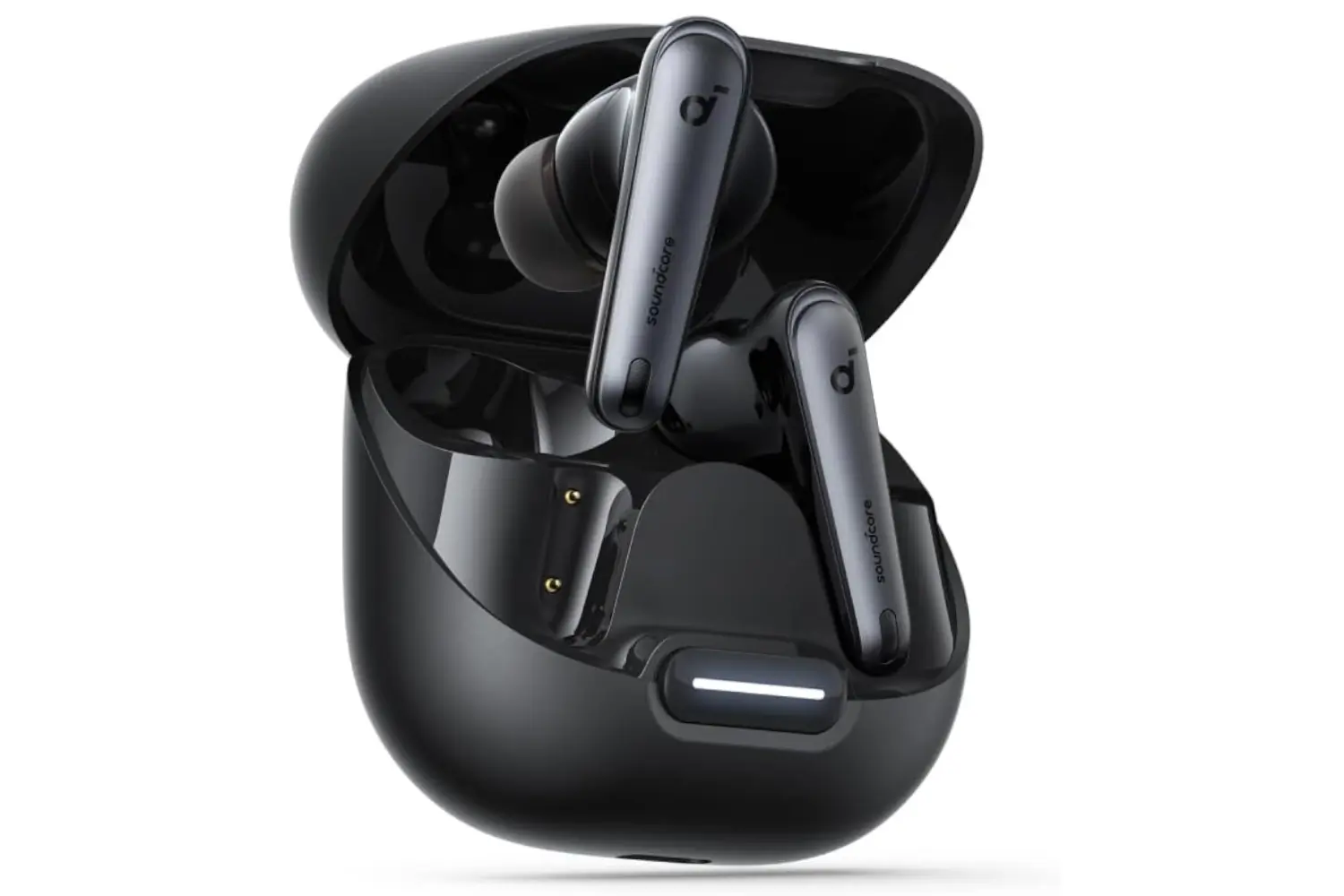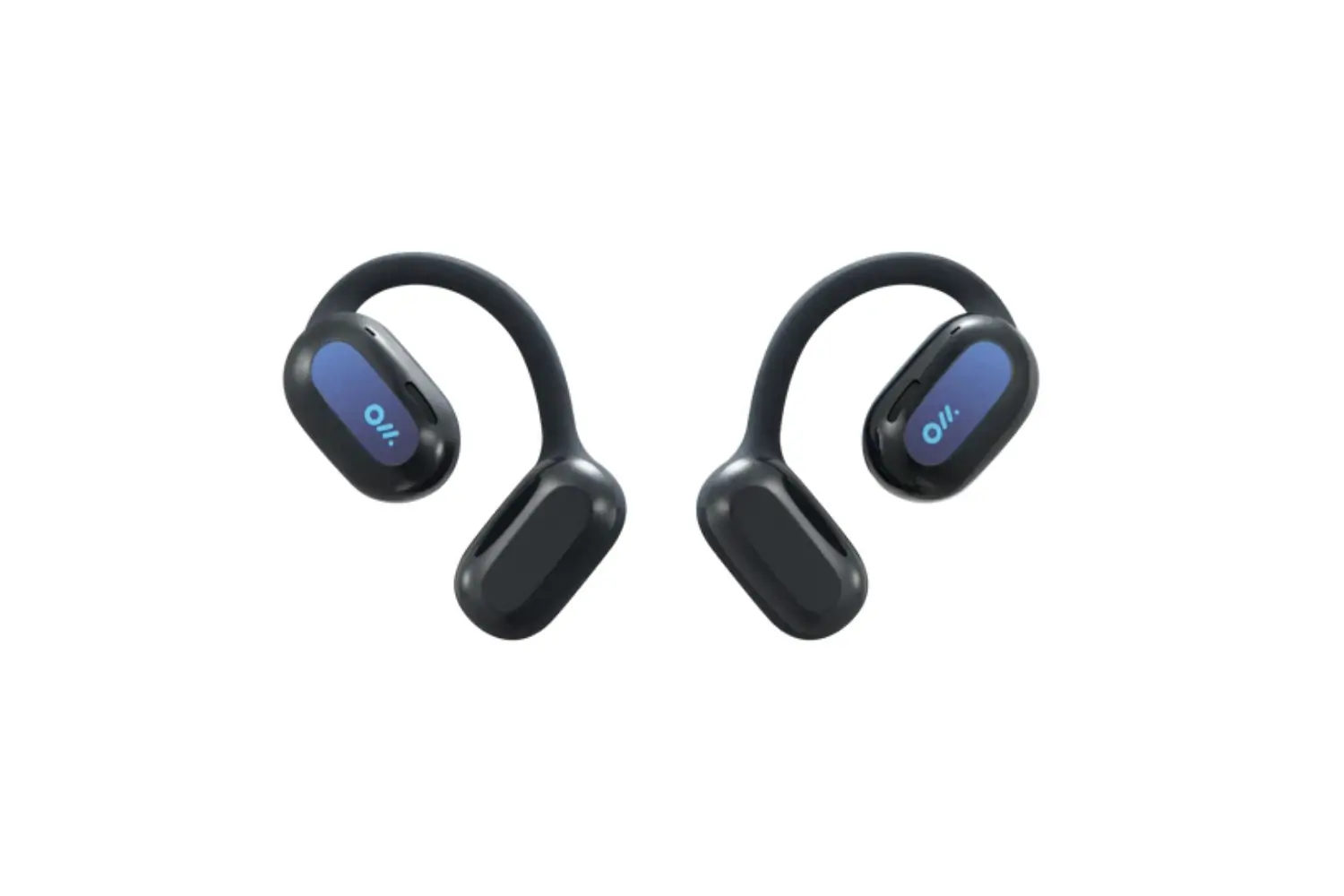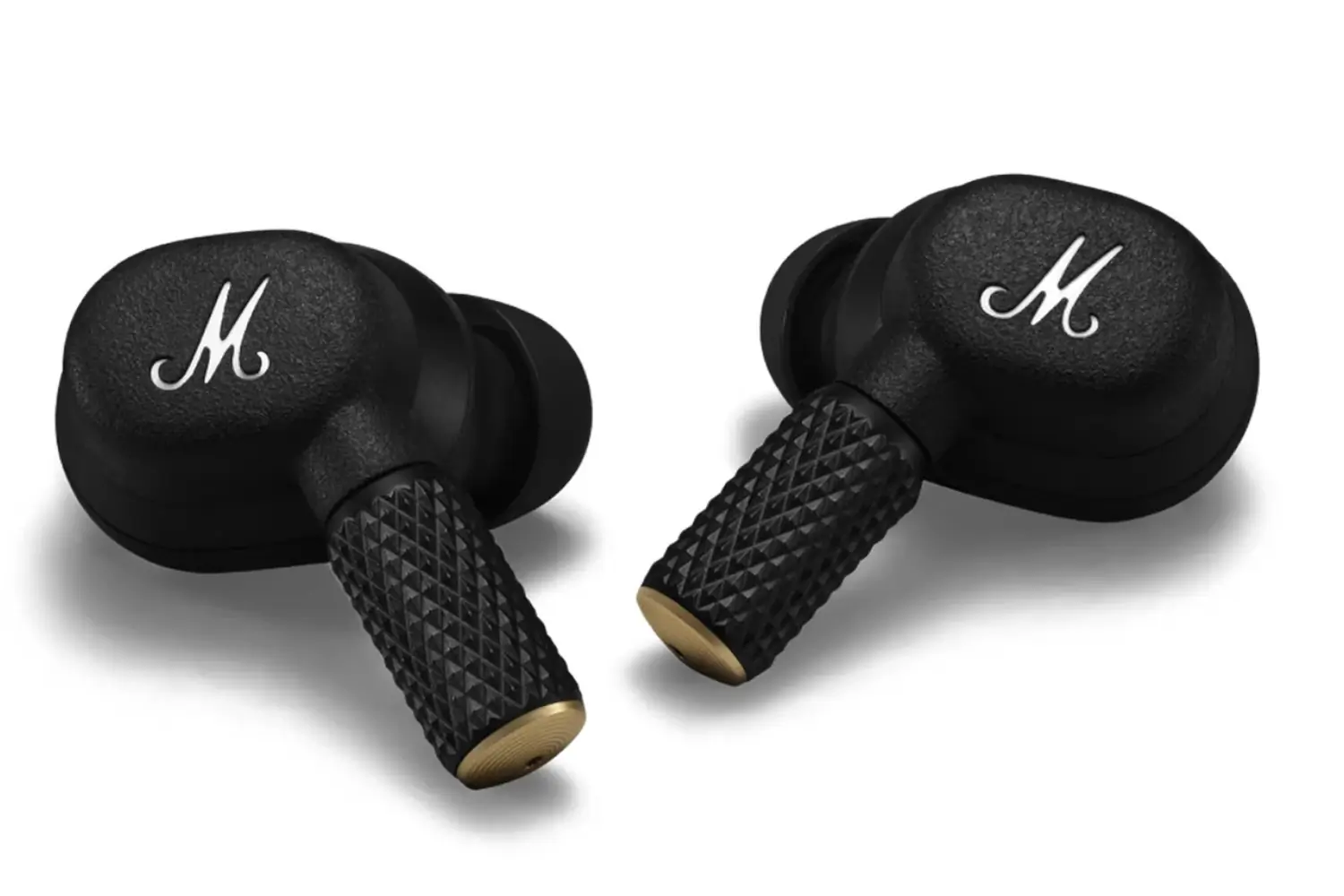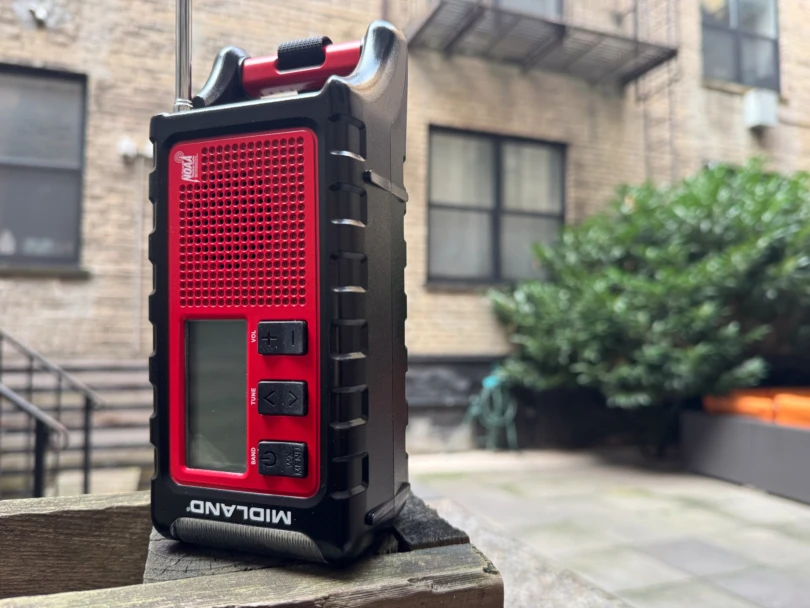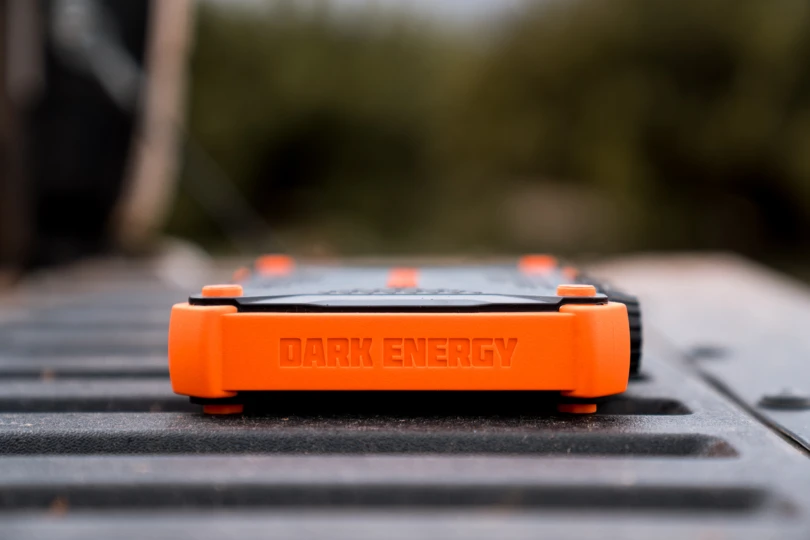We were among those who laughed at AirPods back in 2016, when they were first announced. After all, who on Earth would pay over $150 for dangly, earring-looking things that could easily be lost? Many people, apparently. Nowadays, that form factor is the norm and scads of solid alternatives are available, primarily ranging from just a third to over double that once-shocking price.
Our experts have written about earbuds, headphones, speakers, and other audio products for over a quarter century. It was during that time that earbuds went from wired to semi-wireless (connected to each other by a cord) to wire-free (both from each other and the source device). And in that same span, they’ve become the world’s most ubiquitous mobile audio accessory, improving over the years in both connection and sound quality.
Specifically for this buyer’s guide, our online research and personal experiences helped us identify over two dozen sets of contemporary buds, ranging in price from $40 to $350. After careful consideration, we narrowed down the candidates to nine favorites that we tested in real-world conditions, both independently and in contrast to each other.
Below are the best wireless earbuds based on that testing. To help you more easily find the best wireless earbuds for your specific needs, we’ve also included a comparison chart, a buyer’s guide, and a frequently asked questions section.
Editor’s Note: This article was updated on August 13, 2024, adding excellent options like the Technics EAH-AZ80 , Oladance OWS 2, and Marshall Motif II ANC, as well as a more robust and informative buyer’s guide section.
The Best Wireless Earbuds of 2024
- Best Overall Wireless Earbuds: Technics EAH-AZ80
- Best Budget Wireless Earbuds: Soundcore Liberty 4 NC
- Best Wireless Earbuds Under $100: EarFun Air 2
- Best Wireless Earbuds for Battery Life: Oladance OWS 2
- Toughest Wireless Earbuds: Raycon The Impact
- Most Stylish Wireless Earbuds: Marshall Motif II ANC
Technics EAH-AZ80
- Battery Life: 7.5 hours per charge, 25 hours total with case
- Protection Rating: IPX4
- Active Noise Canceling: Yes, adaptive
- Charging Case: Wireless
Pros
- Superlative sound
- Highly effective/adjustable NC and ambient sound
- Tons of tips for a confident fit
- Fantastic ease of use
- Robust app allows tons of customization
Cons
- Expensive
- Just EQ, not hearing-based sound personalization
- Less than average total battery life with case
Soundcore Liberty 4 NC
- Battery Life: 10 hours per charge, 50 hours total with case
- Protection Rating: IPX4
- Active Noise Canceling: Yes, adaptive
- Charging Case: Wireless
Pros
- Affordable
- Great sound
- Fantastic value for the features
- Solid battery life with case
Cons
- Only splash-resistant IP rating
EarFun Air 2
- Battery Life: 9 hours per charge, 40 hours total with case
- Protection Rating: IPX7
- Active Noise Canceling: Yes
- Charging Case: Wireless
Pros
- Super value
- Surprisingly good sound
- Strong IP rating
- Well-designed app
Cons
- No fast pairing
Oladance OWS 2
- Battery Life: 19 hours per charge, 114 hours total with case
- Protection Rating: IPX4
- Active Noise Canceling: No
- Charging Case: Wired
Pros
- Superb battery life
- Good sound quality
- Open-air format aids environmental awareness
Cons
- Polarizing style/fit
- Weak dust and water protection
- Big case only charges via wires
Raycon The Impact
- Battery Life: 12 hours per charge, 90 hours total with case
- Protection Rating: IP67
- Active Noise Canceling: Yes
- Charging Case: Wireless
Pros
- Good sound quality
- Strong battery life
- Super durable
- Lots of tips and fins for a good fit
- Case includes carabiner, can charge a phone
Cons
- Slightly chunky case
- No app
- Foam tips cost $20 extra
Marshall Motif II ANC
- Battery Life: 9 hours per charge, 40 hours total with case
- Protection Rating: IPX5 in the earbuds, IPX4 in the case
- Active Noise Canceling: Yes
- Charging Case: Wireless
Pros
- Highly stylish
- Rockin’ sound
- Fast pairing and multipoint
Cons
- On the pricey side
- Only 3 tip sizes included
Tribit FlyBuds 3
- Battery Life: 5 hours per charge, 100 hours total with case
- Protection Rating: IPX8
- Active Noise Canceling: No
- Charging Case: Wired
Pros
- Super affordable
- Stellar sounding
- Lots of tips and fins for adjustable fit
- Waterproof
- Case offers strong battery life, powerbank function
Cons
- Weak battery life on the buds themselves
- No fast pairing, multipoint or ANC
- Case is enormous, only charges via wire
- Battery Life: 7.5 hours per charge, 27 hours total with case
- Protection Rating: IPX4
- Active Noise Canceling: No
- Charging Case: Wired
Pros
- Unique design
- Small, lightweight, and comfortable
- Great sound for open-air
- Firmware update added multipoint
Cons
- Expensive
- Relatively weak battery life with the case
- Polarizing style
- Battery Life: 8 hours per charge, 32 hours total with case
- Protection Rating: N/A
- Active Noise Canceling: No
- Charging Case: Wired
Pros
- Tiny, super comfy
- Good passive noise isolation
- Soothing sounds aid sleeping
- Local playback extends battery life
- Affordable
Cons
- No microphones
- Weak app
Wireless Earbuds Comparison Chart
| Wireless Earbuds | Price | Battery Life (Hours) | Protection Rating | Active Noise Canceling | Charging Case |
|---|---|---|---|---|---|
| Technics EAH-AZ80 | $300 | 7.5 | IPX4 | Yes, Adaptive | Wireless |
| Soundcore Liberty 4 NC | $100 | 10 | IPX4 | Yes, Adaptive | Wireless |
| EarFun Air 2 | $50 | 9 | IPX7 | Yes | Wireless |
| Oladance OWS 2 | $150 | 19 | IPX4 | No | Wired |
| Raycon The Impact | $150 | 12 | IP67 | Yes | Wireless |
| Marshall Motif II ANC | $200 | 9 | IPX5 in the earbuds, IPX4 in the case | Yes | Wireless |
| Tribit FlyBuds 3 | $40 | 5 | IPX8 | No | Wired |
| Bose Ultra Open Earbuds | $299 | 7.5 | IPX4 | No | Wired |
| 1More Sleeping Earbuds Z30 | $80 | 7.5 | Not Listed | No | Wired |
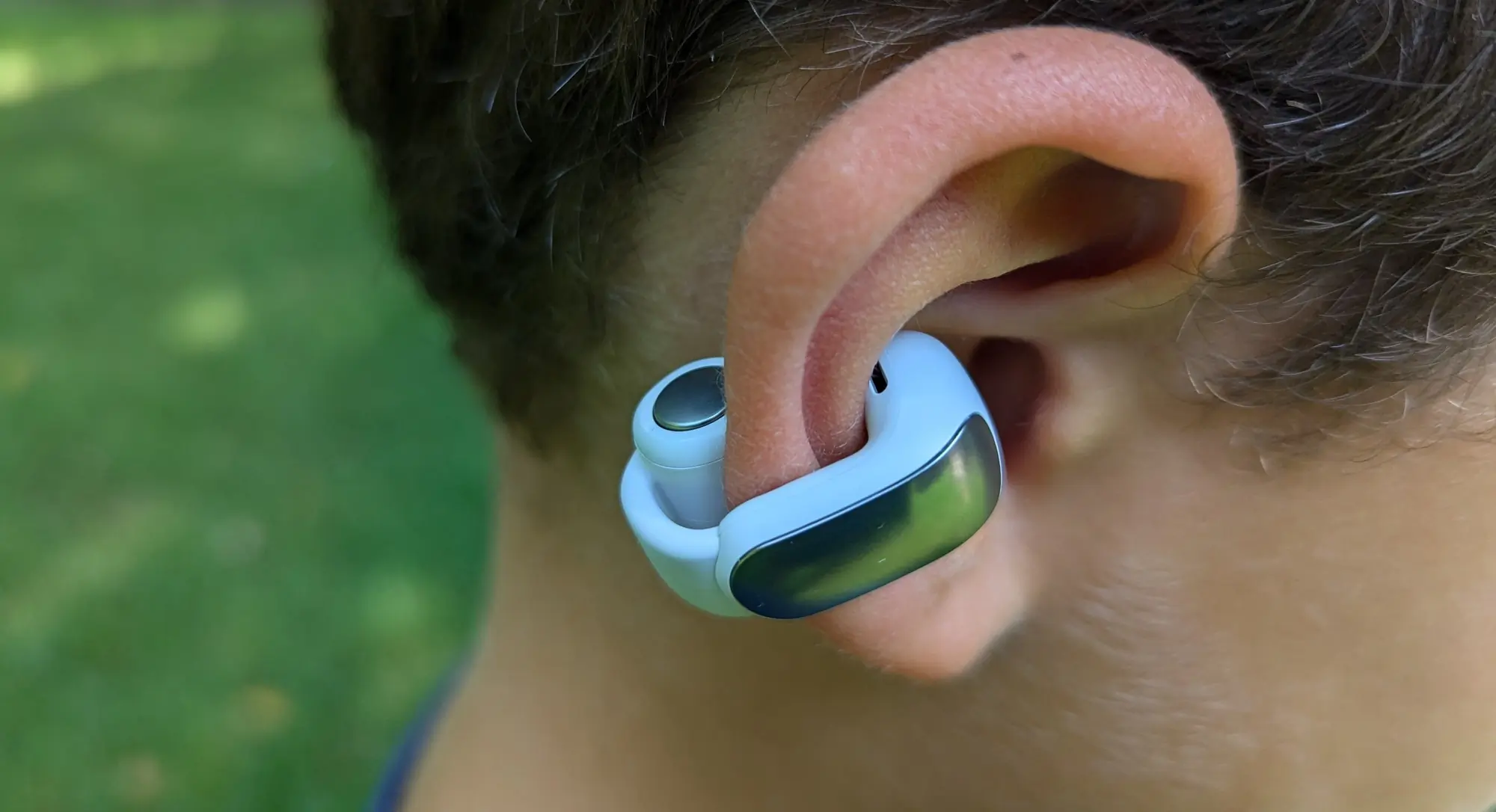
How We Tested the Best Wireless Earbuds
Whether paddling, hiking, hanging around the office, or even sleeping, the GearJunkie staff is likely (and happy) to be rocking earbuds. After all, popping in a sweet set of buds motivates us during our favorite activities and provides a pleasant soundscape as we transition from one to another. Which is to say, when it came to evaluating the best wireless earbuds, we had ample opportunities to do so.
Throughout months of auditioning a plethora of earbuds in different environments, we poured through several familiar playlists on Qobuz and Amazon Music. Although doing A/B testing with earbuds is a little trickier than with Bluetooth speakers, we did our best to be scientific about the process, comparing them under similar conditions.
Quick side note: We did take calls on the earbuds, but it wasn’t a huge focus. None of the ones we tested were so heinous as to get kicked off the list. In future versions of this guide, we may focus more on this category, but certainly, for this version, music quality was much more heavily weighted.
In addition to sound quality, we rated all the entries based on such factors as fit, comfort, battery life, ease of use, case size, durability, app features, and price. To keep this resource as current and comprehensive as possible, we’ll continue to cull and assess additional wireless earbuds for future versions of this guide.
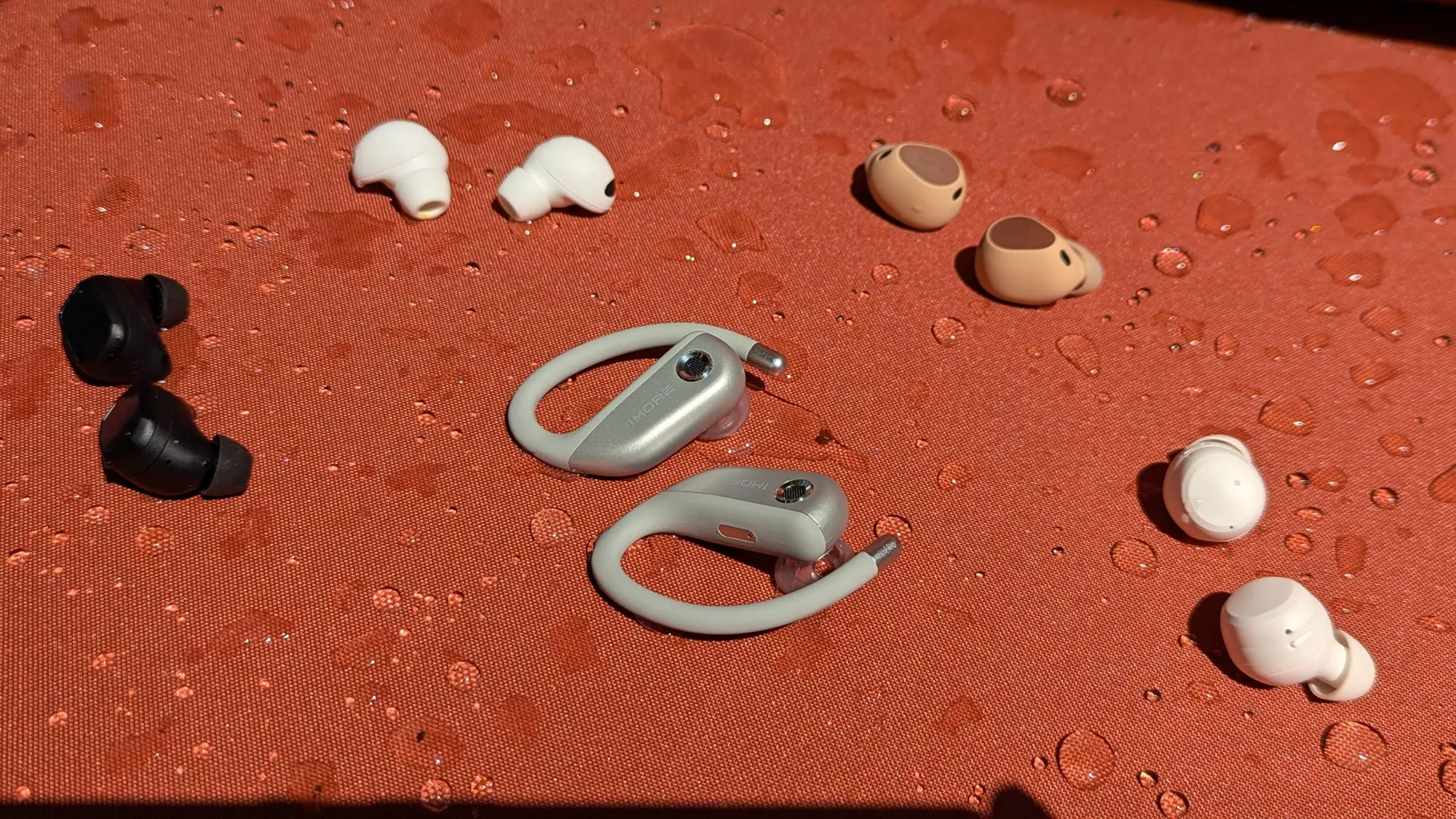



Why You Can Trust Us
If you were to set the Way Back Machine for 10 years ago, you’d arrive in a time when neck-based earphones were all the rage. Imagine if you can: earbuds were connected by a cord/band that went behind your neck and sat at its base.
Only a few companies (you probably haven’t heard of) were even talking about creating wire-free earphones. After they finally cracked the wireless connectivity code, Apple threw its perennially game-changing hat in the ring, and the marketplace exploded to be what it is now.
Our lead tester, Scott Tharler, has been writing about audio products and all manner of consumer electronics since way before all that went down — in fact, for over 25 years now. Along the way, Tharler’s forged working relationships with oodles of audio vendors at multiple CanJams and more than two dozen CES events.
At those crowded shows and in more relaxed private settings, he’s gotten to experience literally hundreds of headphones in multiple form factors and at every imaginable price point.
All that to say, over the years, we’ve watched this wireless ear candy evolve from a cool concept to the impressive staples that they are today. So you can definitely trust us to offer authenticity, context, and perspective about wireless earbuds.




Buyer’s Guide: How to Choose the Perfect Wireless Earbuds
At this point, the sheer volume of wireless earbuds available is an embarrassment of riches. Which is to say that you have tons of great options when it comes to selecting a decent pair. But that also means it can be quite a daunting task, to say the least.
Of course, if you’re in the Apple universe, they make it pretty easy to choose which set of Airpods suits you best. Similarly, if you swim in the Samsung ecosystem, its buds will unlock certain features by playing better with Samsung phones and/or watches. And Google’s buds play predictably well with its phones. For everyone else, there are tons of factors to consider. And making an informed decision to find the right ones requires dedicated thought and research.
Fortunately, this guide packs all the essential info you’ll need to choose the best wireless earbuds for you. You’ll learn why you should and shouldn’t consider particular types of wireless earbuds and which features matter most. Practically speaking, it’s everything you need to know about purchasing wireless earbuds that are sure to put tasty tunes in your ears and a smile on your face.
This guide focuses solely on wireless earbuds. For more music gear, check out our guides to the best wireless earbuds under $50 and the best bone conduction headphones.
Form Factor
Where the earbuds are placed in relation to your ear canal is dictated by your audio goals and typical use case.
In-Ear
If sound quality is most important, you’ll want an earbud that twists into place, forming a seal so that the nozzle is inside your ear canal (at a comfortable depth). Be on the lookout for tips aimed at reducing pressure inside your ears, which can make a difference during extended listening sessions.
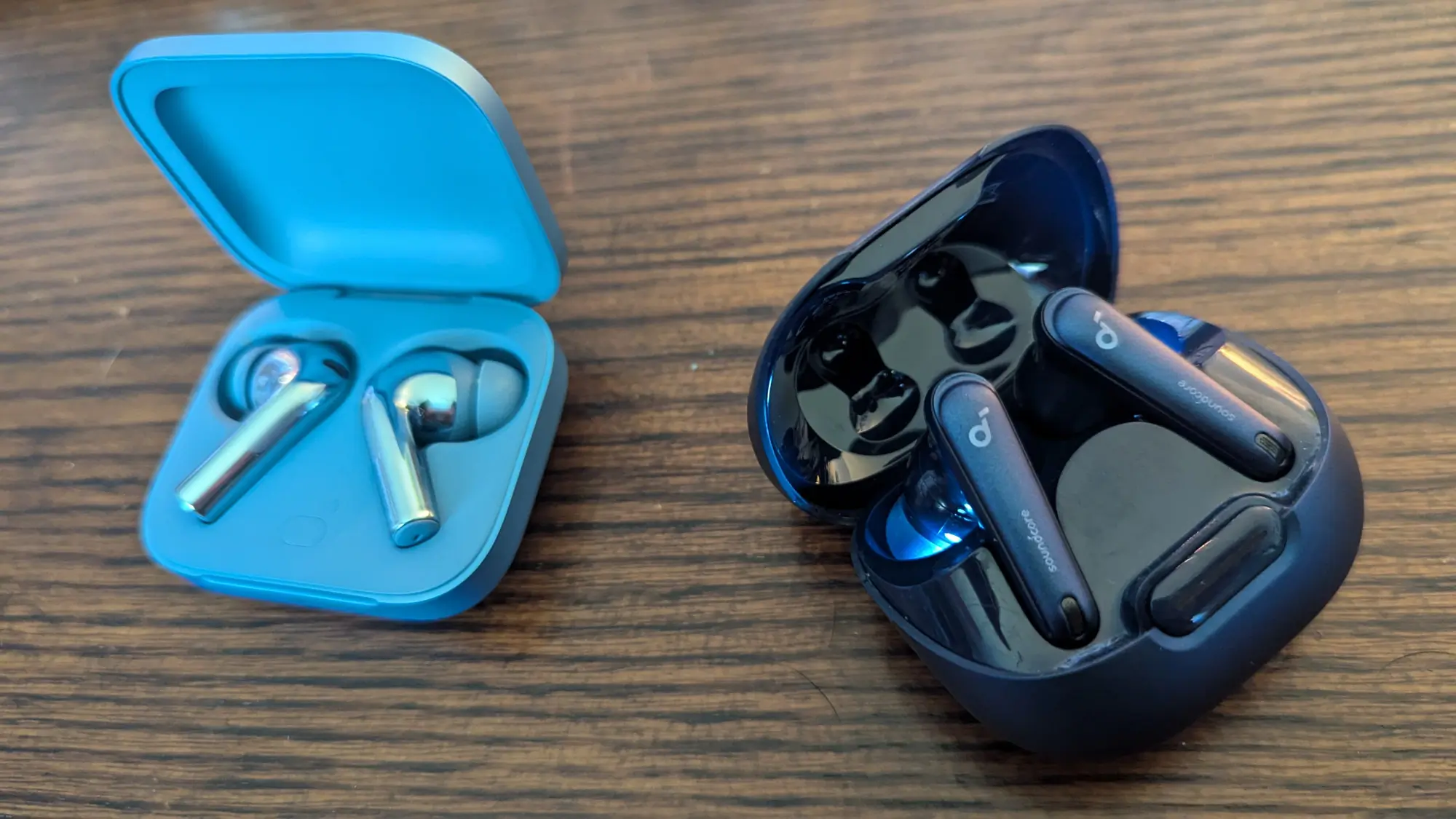



Semi In-Ear
Commonly referred to as the “AirPod style,” this means the buds — typically in the stem body style — are resting just outside the ear canals. This feels good to some folks who don’t like sticking things in their ears but feel distractingly insecure about others.
Open Air
Further removed from the ear canal, this form factor either hooks over your ears — as with esteemed running headphones like the Soundcore AeroFit Pro — or latches onto the sides of your ears like Bose’s innovative yet quirky Ultra Open Earbuds. In both cases, they’re essentially tiny speakers positioned close enough to send audio semi-privately toward your inner ears.
Bone Conduction
Pioneered by Shokz, bone conduction earphones only tangentially touch your outer ears, sending audio signals directly into your inner ear via your jawbone (as opposed to through the air, like other headphones). Because they block no part of your ear canal, they’re great for a variety of outdoor activities where situational awareness is optimal.




Fit and Comfort
While other form factors tend to be more forgiving, in-ear buds require a secure fit to be effective and worthwhile. So if you’re shopping for them, pay attention to the number, shape, and materials of tips provided. On the stingy side, some buds only come with three pairs of tips, and on the generous end, the Technics AZ80 comes with seven sets.
We find that oval tips tend to fit more comfortably and securely in our ears better than round ones. And in addition to silicone, earbuds such as Denon’s Perl Pro also come with foam tips, which can provide a tighter seal but require a bit of finagling.
Beyond the tips themselves, a bunch of the buds we tested also came with complementary wings or fins (that go over the earbuds’ body or nozzle) to help further secure them in the conchas of our ears, which is essential when engaging in more rigorous activities.
Some earbuds’ companion apps (such as Technics’ and Denon’s) offer a feature that electronically assesses and reports how well the earbuds actually fit. Other than your general comfort, this is important because a secure fit ensures you’re hearing the best possible sound quality delivered by the buds.
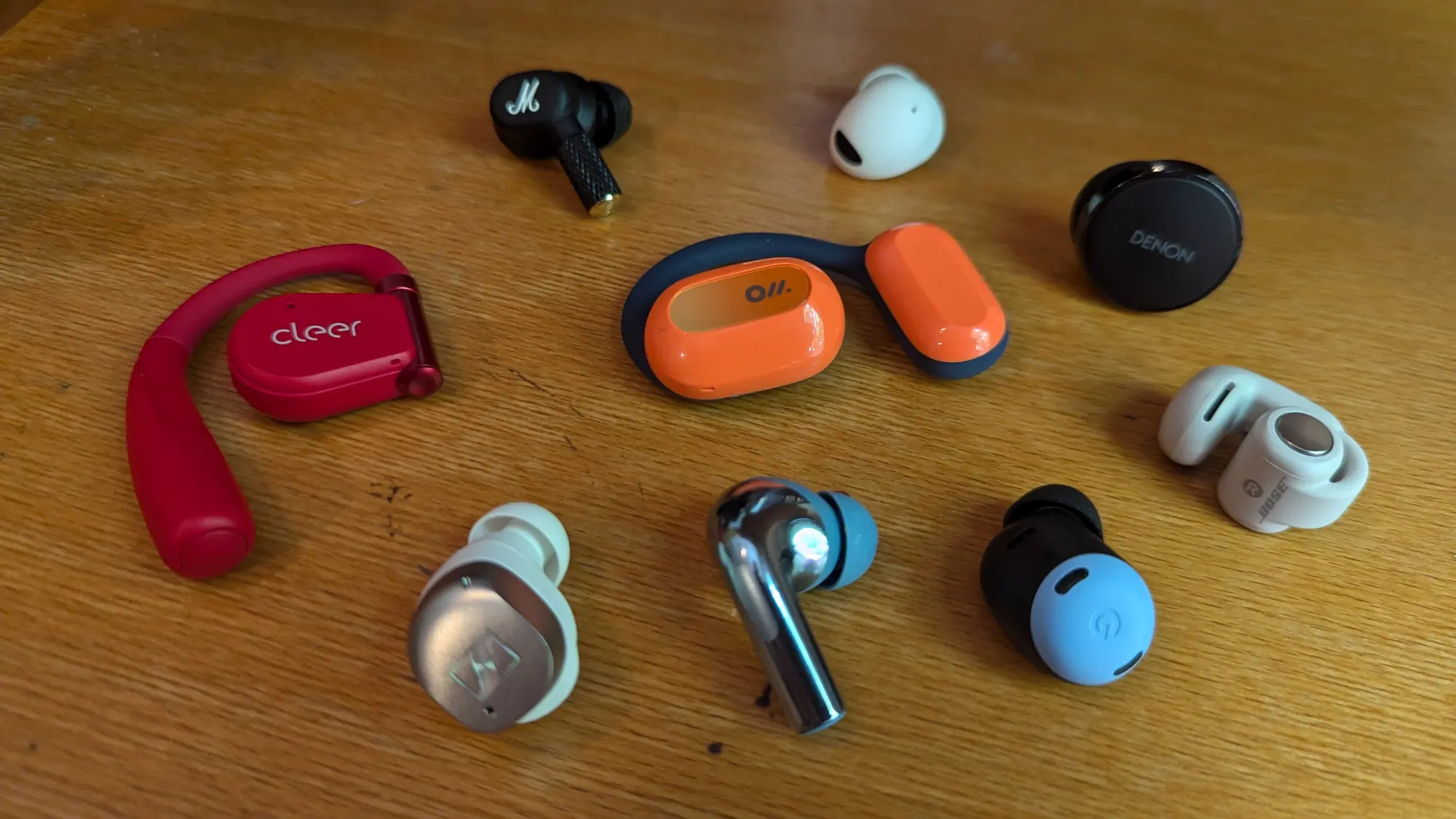



Body Style
Buds
This stemless design can lead to a purposefully slicker, lower profile. Sometimes, they stick out, leading to the Frankenstein’s monster look, or make a fashion statement like with the polarizing ear gauge aesthetic of Denon’s Perl Pro.
From a functional standpoint, plain buds may lead to a frustrating number of mis-taps when trying to readjust them in your ears. So it’s important to figure out if/how you can grab them without adjusting the music (and another reason why a solid fit is so important).
Stems
Like them or not, Apple popularized this style, which is often credited with having better microphone quality due to the ends of the stems being slightly closer to your mouth. (Though some in the stemless style feature extra microphones that result in similar or better call quality.) But stems also offer additional options for controls, which can enhance ease of use, especially when physically adjusting or removing the buds.
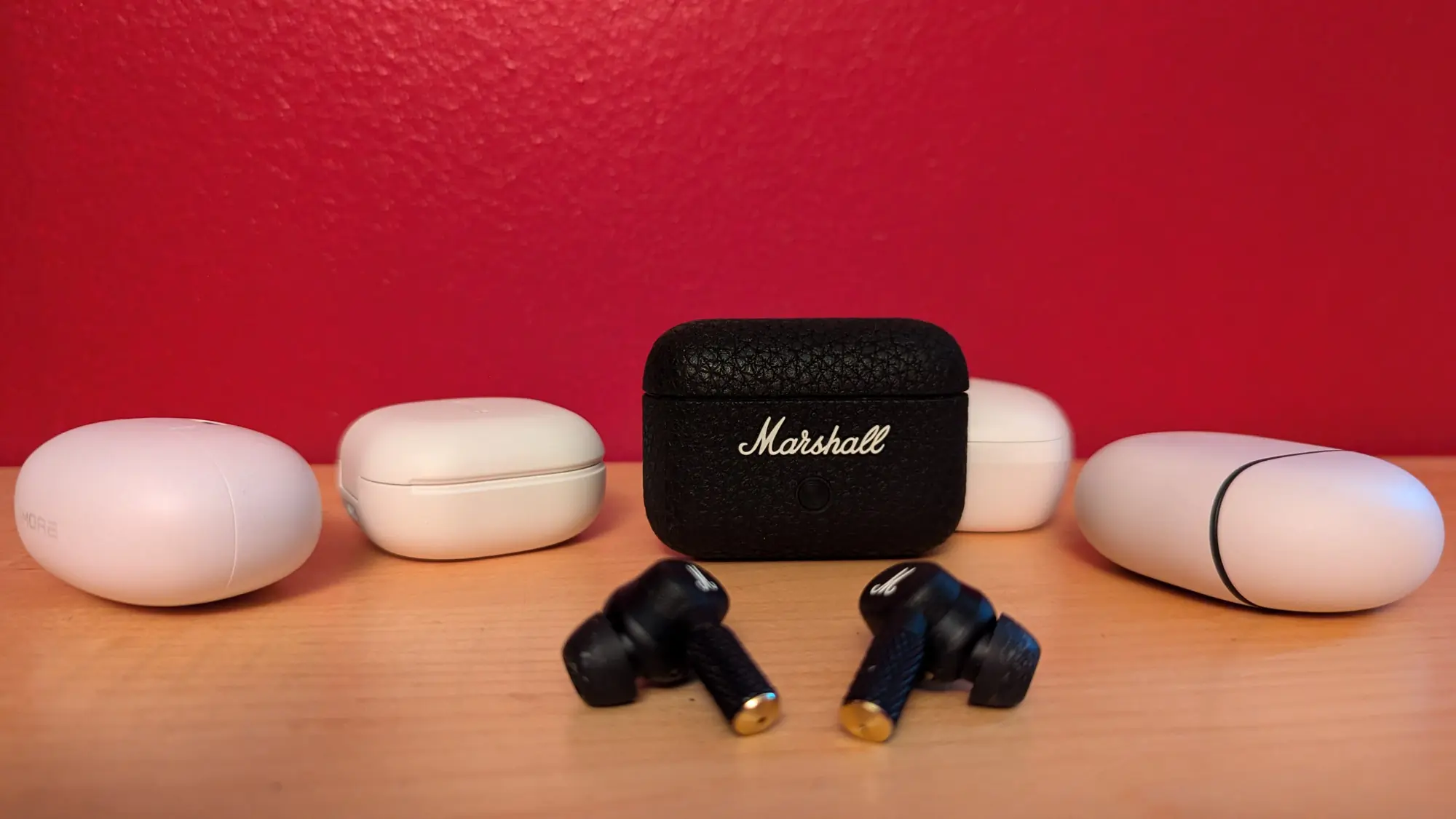



Ease of Use
Just as nobody’s style is inherently perfect or flawed, no method of control is right or wrong. It all depends on the implementation. Sometimes tapping and gesture controls are effective, but less so if the touch-sensitive area is limited to a tiny, easily missed spot.
Similarly, physical buttons can work well with stems or buds, but not if they’re counterintuitively positioned and you have to fumble for them every time. The Jabra Elite 10 does a good job, making the whole outer surface of each bud a flat, clicky button, as opposed to ones from the likes of Samsung and Google, which have curvy outer surfaces protruding, which may increase tapping inaccuracies.
Some companies, such as Apple and Nothing, implement a squeeze or pinch method of controlling their stem-style earbuds. This leads to fewer false taps but can also be tricky, depending on the complexity of the action. For instance, a triple-pinch or double-pinch and hold takes a level of speed and dexterity that may prove challenging for most folks.
Conversely, it’s nice to have an app that lets you reassign what gestures (tapping, sliding, and/or holding combinations) trigger which actions, such as: track and volume changes; conjuring a virtual assistant; and activating noise cancellation or transparency mode.
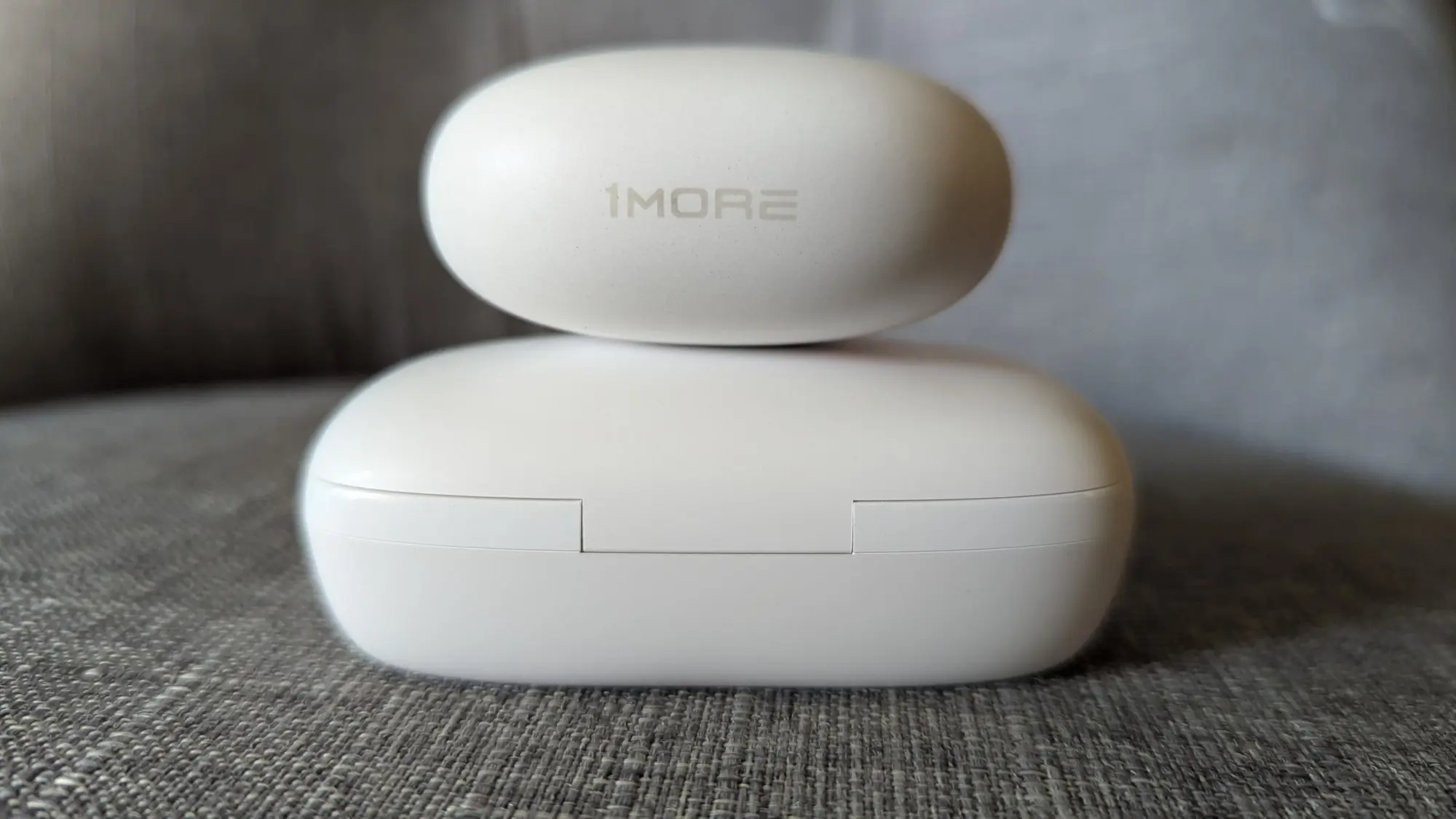



Battery Life
On a few levels, this can be one of the most deceiving specifications for wireless earbuds. The first battery-related stat you’re likely to see is how long you can listen to the buds on a single full charge. For reference, the average from across the bigger group we tested was just a hair under nine hours. Next, you’ll probably hear how many extra hours or full charges the case offers.
For the sake of simplicity, this guide lists (estimates of) the total number of playtime offered when both the buds and case start with a full charge. For the larger group of roughly two dozen earbuds we researched and tested, the average was over 42 hours.
This means you probably wouldn’t have to worry about recharging the case when going away for a weekend. Keep in mind, that’s with ANC turned off. We used that stat since not all earbuds offer that feature or report battery life (as they should) with ANC turned on.
The other big factor that can greatly affect battery life is the selected codec. In other words, if you opt for high-resolution playback, you should plan to see drastically lower battery life numbers, sometimes half as much. The most helpful companies list all the battery life variations, so you can have a better idea of how much playback to expect.
With all this in mind, the Oladance OWS 2 easily claims the longest battery life, with 19 hours on a single charge and up to 114 total with the charging case. Part of that has to do with the fact that they’re open and therefore can’t do noise cancellation and part with their unique form factor, but it’s still very impressive.




Charging Case
Nowadays, almost all earbuds’ cases charge their buds. The question is whether they do so wirelessly or only through a wired connection. This not only affects the convenience factor, but also which accessories you might want (such as a nightstand dock that charges your phone, watch, and earbuds at the same time).
Additionally, it’s helpful to know whether the case can be quickly charged through its USB-C connection. In the reverse direction, the batteries in some wireless earbuds’ cases are so beefy — as with the Tribit FlyBuds 3 — that they can actually top off your phone’s battery in a pinch.
Lastly, in what may seem like a minor factor, you might want to consider how the case reports its charging status. For instance, especially if you’re color blind, it’s more helpful to see that four out of five of the lights are blinking and/or glowing, as opposed to trying to guess what a single indicator light means.
Likewise, it’s nice to be able to see a live representation of how charged the buds and case are. Most companion apps report both right on their home screens.
Sound Qualities
Of course, hearing audio is the whole reason for getting earbuds in the first place. But what constitutes good (enough) audio according to each person’s perceptions and use case is extremely subjective. To make matters trickier, because of their more intimate nature — that is, their tendency to go in your ears and get icky wax on the tips — you probably won’t get a chance to audition the earbuds before purchasing them. But when you do get to listen to them, pay attention to the following auditory attributes.
Clarity and Distortion
Aside from how loud they are, all speakers (such as those in headphones) exhibit different sound signatures at different volumes. For instance, at lower volumes, headphones may sound not only more clear but also relatively tame in terms of their bass and treble.
On the opposite end of the spectrum, at higher volumes, they may sound distorted and unpleasant. So it’s good to test out headphones at a variety of volumes — not only listening for changes in sound signature and clarity but also seeking a safe, pleasant volume level.
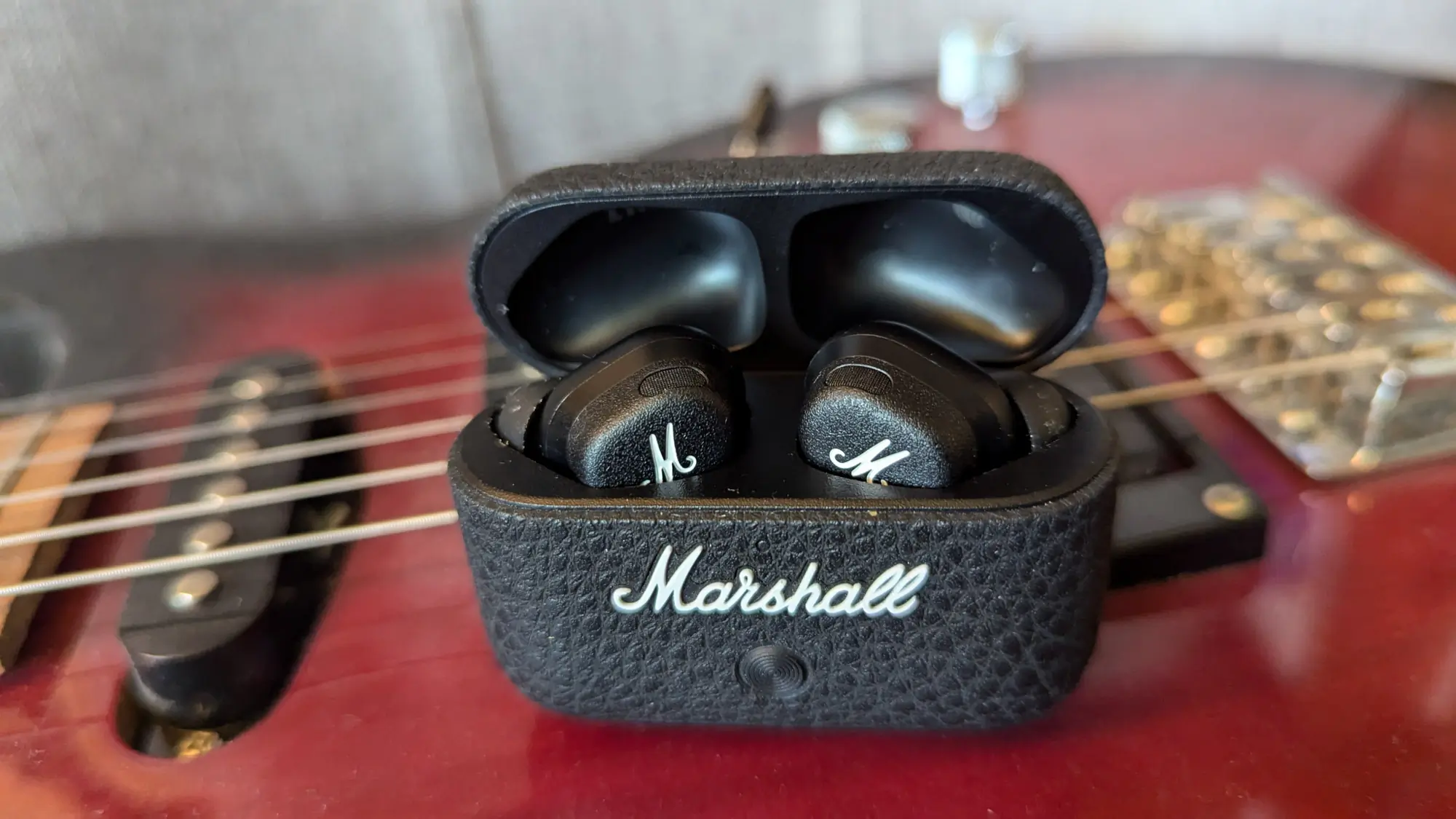



Impact and Detail
Depending on your personal preference and where you happen to be when you’re listening, you may want more slam or finesse. For example, in the gym or another noisy background, a more V-shaped sound that dials up the bass and treble will help you to actually hear your jams.
Whereas when you’re just chilling at home or in another quiet place with your tunes, you might delight in the detail that feels like it brings you into the room of a live performance. To a great degree, enjoying your music is all about finding a delicate balance between these two qualities.
Brightness and Darkness
Brightness describes a sense of both clarity and detail in the upper frequencies (i.e. treble). To say earbuds are bright means that they’re able to retrieve and produce clear, open high notes. “Sparkly” is right at the precipice of being too much detail.
For most folks, “sizzle” means it goes too far, portraying high-end frequencies in a way that comes off as sibilant and harsh. Conversely, if earbuds are dark, they lack openness and detail — similar to how you would sound if you cupped your hands over your mouth while talking.
Warmness and Coolness
Warm refers to how “rich,” “beefy,” or “fun” a particular set of headphones sounds. Conversely, a cool sound might otherwise be described as “flat,” “pale,” or “anemic.” Simply put, these temperature-minded terms are just an attempt to describe whether the earbuds produce a fuller or thinner sound. It’s your call as to what sounds better to you.
Lows, Mids, and Highs
Spoiler alert: Not all bass is the same. Since what’s considered bass is represented by a range of frequencies, it’s not just a matter of whether earbuds do or don’t “have bass,” but rather how it shows up and what flavor it is. Similar to how sweet or spicy a particular food might be, everyone enjoys the presentation and subtleties of those particular qualities differently.
For bass, what might be a lovely, warm rumble to one listener might sound muddy, bloated, and unrefined to another. It’s the same way with treble — and, for that matter, the middle frequencies. Everyone has different abilities, tolerances, and preferences when it comes to perceiving and enjoying different frequencies.
As you listen to music you’re familiar with, pay attention to what makes you happy — or cringe. On the low end, you might prefer more sub-bass rumble; a tight, impactful beat; or a more natural-sounding timbre with less impactful oomph. If you listen to music that heavily features pianos, trumpets, acoustic guitars and/or vocalists, then mid-level frequencies are your jam. And a crisply rattling high hat might sound delightful or torturous to you.
All that to say, applying some combination of the above (and other similarly descriptive) terms when expressing what you like/want will be instructive when trying to match your tastes to a shortlist of earbuds, especially when combined with a particular price point.
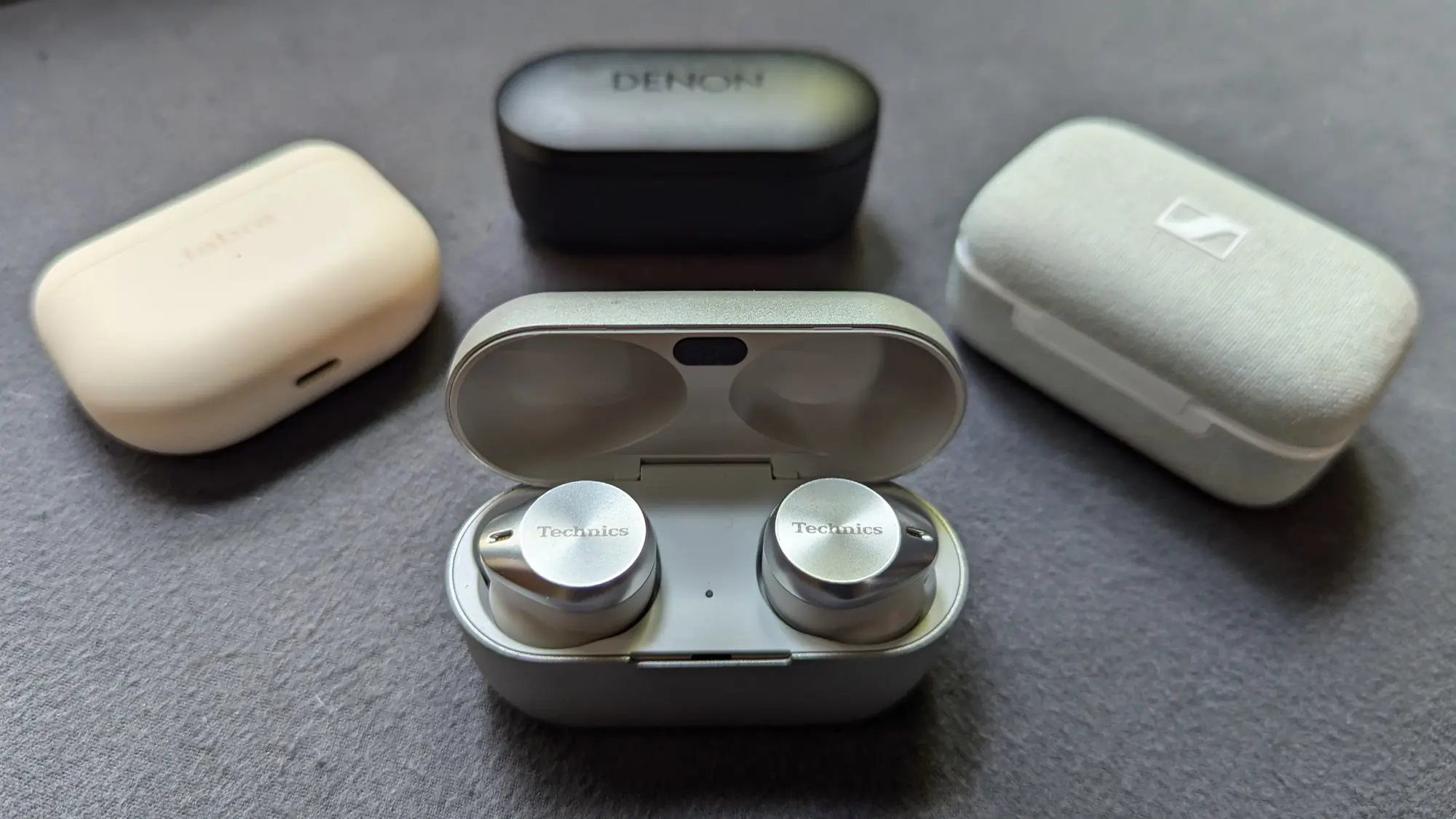



Noise Cancellation
Just as earbuds vary in their abilities to emit certain frequencies, so too does their talent for suppressing them. Again, in a meaningful sense, we’re really just talking about in-ear buds. Well-sealed, they naturally isolate some noise (a.k.a. passive noise cancellation) just by physically blocking external sounds from getting into your ears.
When it comes to active noise cancellation, many earbuds promise the world (will be silent), but are only good at knocking out certain high and/or low frequencies, such as the drone of air conditioners, refrigerators, jet engines, etc.
Furthermore, several of the ones we tested claim to be smart enough to automatically adapt in real-time to block whatever external sounds they pick up from their microphones. But as with all noise cancellation, this is a mixed bag, and you may just want to stick with regular — or perhaps no — noise cancellation since enabling that mode may negatively affect the sound signature.
By definition, if today’s earbuds offer ANC, then they also offer an ambient or transparency mode. Using the earbuds’ microphones allows you to hear what’s going on around you without needing to pop out a bud, only to have to resituate it moments later. In this regard, some earbuds sound pretty natural, while others suffer from background white noise, sounding overly processed, or both.
Lastly, you may also see environmental noise cancellation listed as a feature. This is another way your earbuds are combining their mics with some fancy AI algorithms, but this time it’s to block out sounds other than your voice on calls. In other words, ENC (as it’s sometimes called) makes it easier for the people on the other end of the phone to hear you when you’re calling from a crowded place, ideally so you don’t have to shout or repeat yourself.
Multipoint Connections
The ability for earbuds to be connected to more than one device at once — say, your phone and laptop while you’re in the office — also comes in different varieties. For starters, the number of possible multiple connections on this list’s earbuds varies from two up to six, as boasted by the Sennheiser Momentum 4.
Next, you should know that some earbuds’ apps will report which devices they’re connected to (which is helpful), while others won’t (which can be cumbersome). Also, in some cases, you may need to pause the music on one device before the other one is allowed to pick up the action.
And often when using multipoint, for bandwidth purposes, earbuds will default to a lower resolution codec. So keep all that in mind when playing around in the idiosyncratic world of multiple wireless source devices.
Other Features
Here are just a few of the myriad other earbuds features you’re likely to run across in the wild — along with our opinion of how useful they are(n’t).
Sound Personalization
Denon, PSB Speakers, and Sennheiser are just a few of the many companies whose earbuds apps include some form of smart personalization. They typically present a hearing test, where different frequencies are played for each ear, you indicate what you’re able to hear, and the app uses AI to create a custom EQ that compensates for frequencies you might otherwise be missing out on. Sometimes the differences are subtle and other times quite noticeable.
But when it works well, it’s amazing. And as a fallback, you can always just scroll through an EQ preset or manually monkey around with the frequency band sliders until you hear what you like.
Fast Pairing
The idea behind this is not just that you can quickly pair your buds to an initial device, but future ones as well. If you’re an Android user, then in theory your earbuds should be paired across any device on which you’re signed into that same Google account. But we’ve had mixed success with it.
Single Bud Use
In the olden days, we only had one earbud. Now, it’s a feature. Reasons you might want to be able to use just one bud are that you want to: be more aware of your surroundings, but don’t trust transparency mode; charge the other bud because for some reason it ran out of juice quicker; or share a bud with someone else. In any of these cases, it’s worth noting that some buds are able to un-stereo themselves. That is, go from being just the left or right channel to playing both sides. (This is especially helpful when sharing buds to watch a movie on a plane.)
One of the keys to making this work is that in the app you may have to first disable the wear detection that automatically pauses your music when you take a bud out of your ear. Speaking of which, the Denon app had an interesting option where we could choose whether our music would automatically be paused by removing either one or both of the earbuds.
Firmware Updates
From better connectivity to the ability to do multipoint or play spatial audio, updating the firmware on your earbuds can add all sorts of cool capabilities. Just another reason to make sure you download and play around in the companion app.
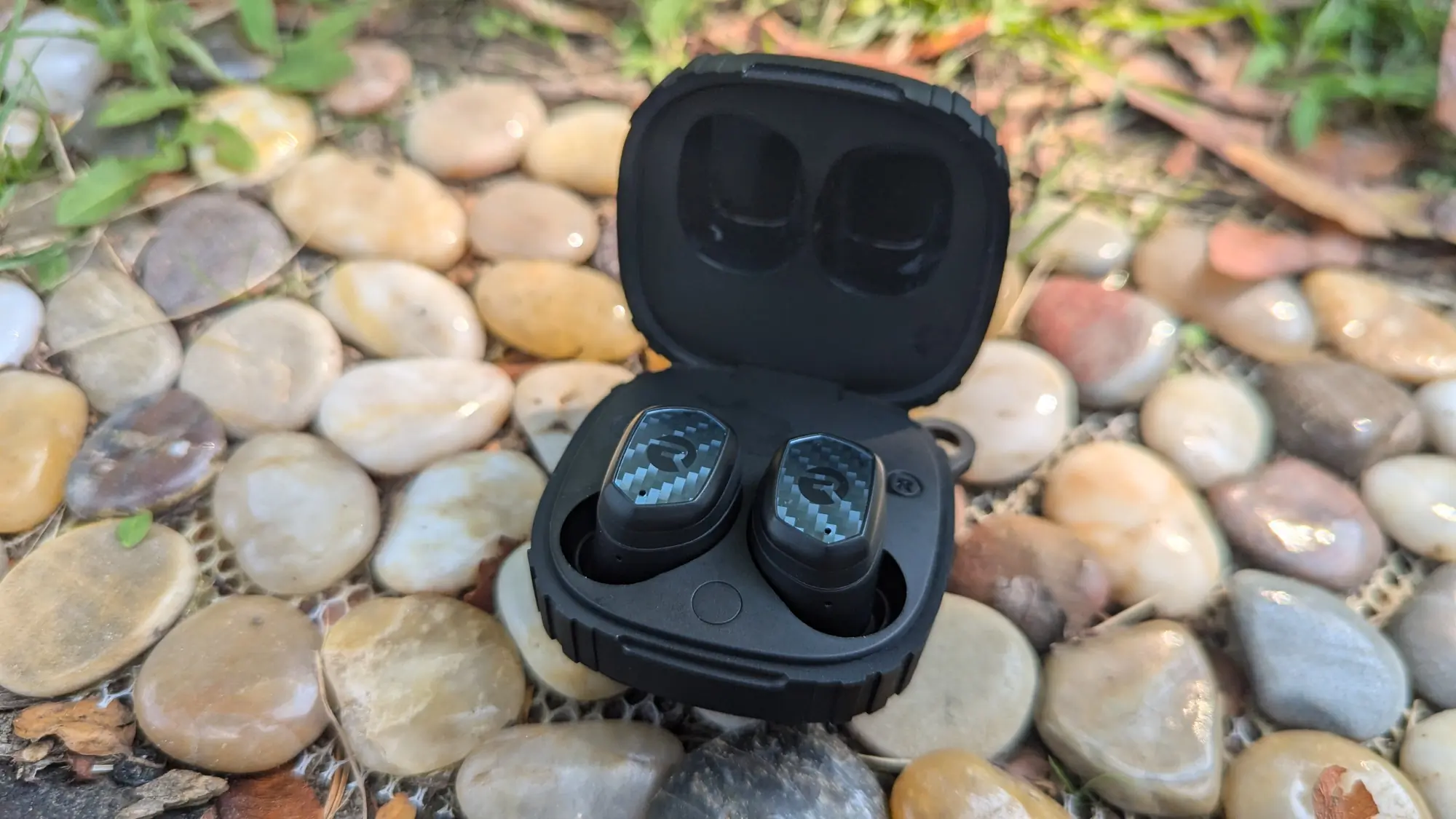



Durability
When it comes to earbuds’ IP (Ingress Protection) rating, the first number relates to dust. If it’s a 5 or 6 — such as with IP53 or IP68 — that means the buds are protected against dust, which is helpful to know if you’re in a windy mountain or desert location. (An X means that they weren’t tested for dust ingress.) The second number has to do with liquids. If it’s a 4 through 6 — such as IPX4 or IP65 — you don’t have to worry about splashes or rain, and the ones marked IP67 and IP68 are totally waterproof, and theoretically able to be safely submerged.
Just keep in mind that although the earbuds themselves are IP-rated, most cases aren’t. So unless you happen to have one of the exceptions — such as the Jabra Elite Active 8, with an IP54-rated case — you may want to baby your earbuds while in the case.
Other than an IP rating, you may also see that particular earbuds have earned the U.S. military’s Mil-Std-810 rating for being able to withstand drops, impacts, and temperature changes. These are the toughest of the tough, such as Raycon’s aptly named The Impact Earbuds.
Price & Value
The average price of the roughly two dozen wireless earbuds we tested was $173, with most of the sporty, open-fit earbuds living in that $150-200 range. Above $250 gets into the premium category. And the “bargain” category is a big one. For around $100, buds like the Soundcore Liberty 4 NC and OnePlus Buds 3 are stylish, well-featured, and sound excellent.
And even under 50 bucks, you can find durable earbuds that sound very good, offer decent battery life, and sport such fancy features as hybrid noise cancellation and wireless charging cases. Summing up, you shouldn’t have a hard time finding solid everyday buds for less than $100; and you only need to spend more than that for specialized or high-end earbuds.
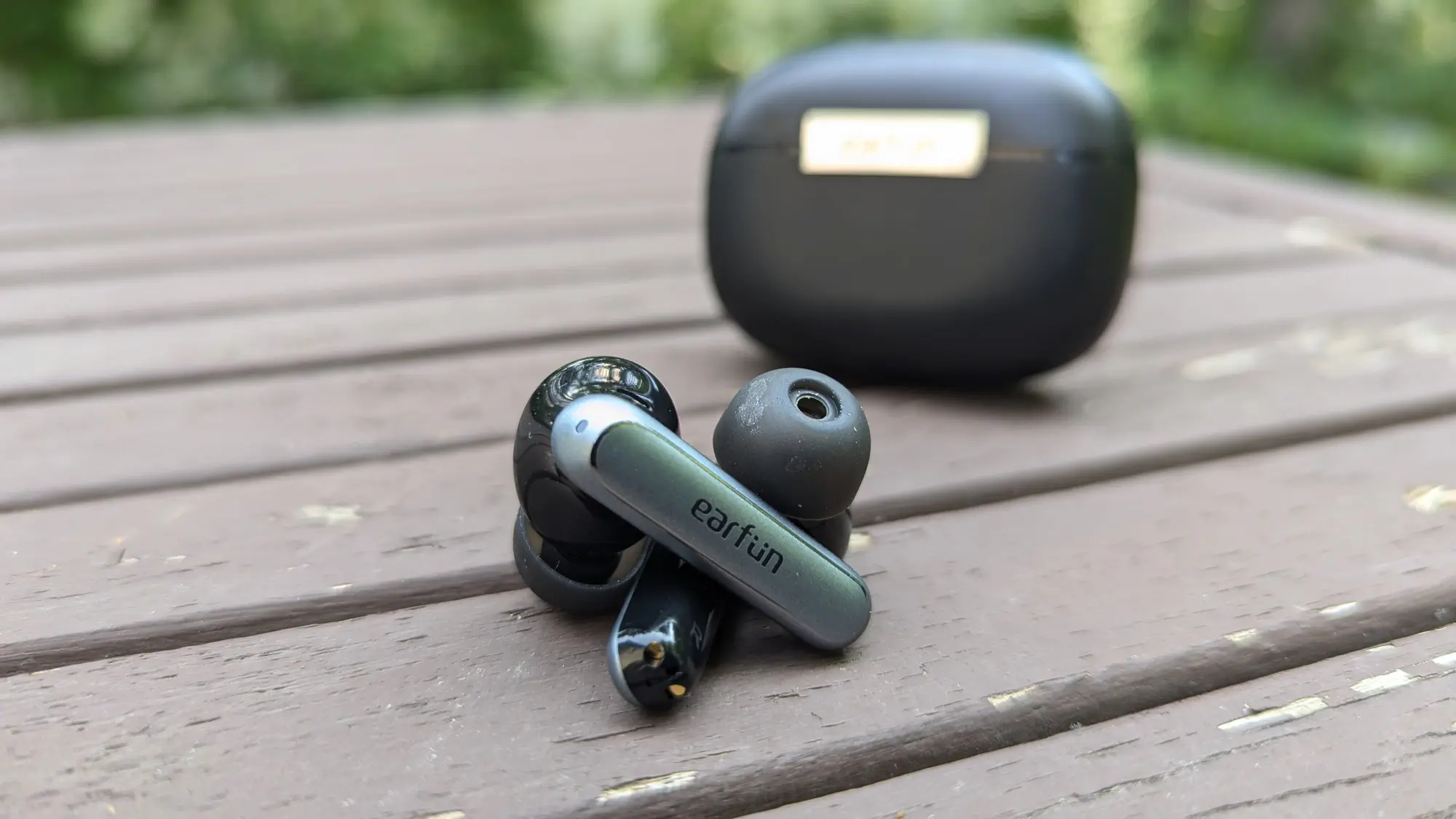



Frequently Asked Questions
It depends on how cheap you’re looking to go. At the $100 level, we very much like the Soundcore Liberty 4 NC and OnePlus Buds 3. For $50 or less, we’re fans of the EarFun Air 2 and a bunch of others. You should also be aware of such other high-quality bargain brands as Soundpeats and 1More.
It depends on what your goals are. Wired earbuds (also known as IEMs, or in-ear monitors) give better sound quality for the price, are simple to use, don’t have battery issues, and will tend to last many more years. Then again, wireless earbuds offer the convenience factor of being untethered, plus tons of features like ANC and the ability to EQ them to your ears’ content.
Again, it depends on what’s important to you. In terms of portability, in-ear headphones will always take up less space than their over-ear counterparts. But fit and feel are completely subjective. Some folks have a difficult time finding earbuds that fit well or feel good in their ears. Others are sensitive to the weight and clamping force of on- and over-ear headphones—plus how they can make their ears warm during long listening sessions.
So what’s better for you takes into account what matters most to you regarding portability, fit and feel. To help you determine that, consider where and for how long you plan to listen to music.
Generally speaking, yes. We’re not aware of any long-term electromagnetic damages that have come from wearing earbuds all day. On the contrary, ones such as 1More’s Sleeping Earbuds Z30 are tiny and comfy enough to be worn all night, even sleeping on your side. But pay attention to what feels right to your ears, and be sure to give them a break every so often.


The Best Workout Headphones of 2025
We tested the best workout headphones of 2025 with options for every budget and athlete. Top picks include Jaybird, Bose, and more!
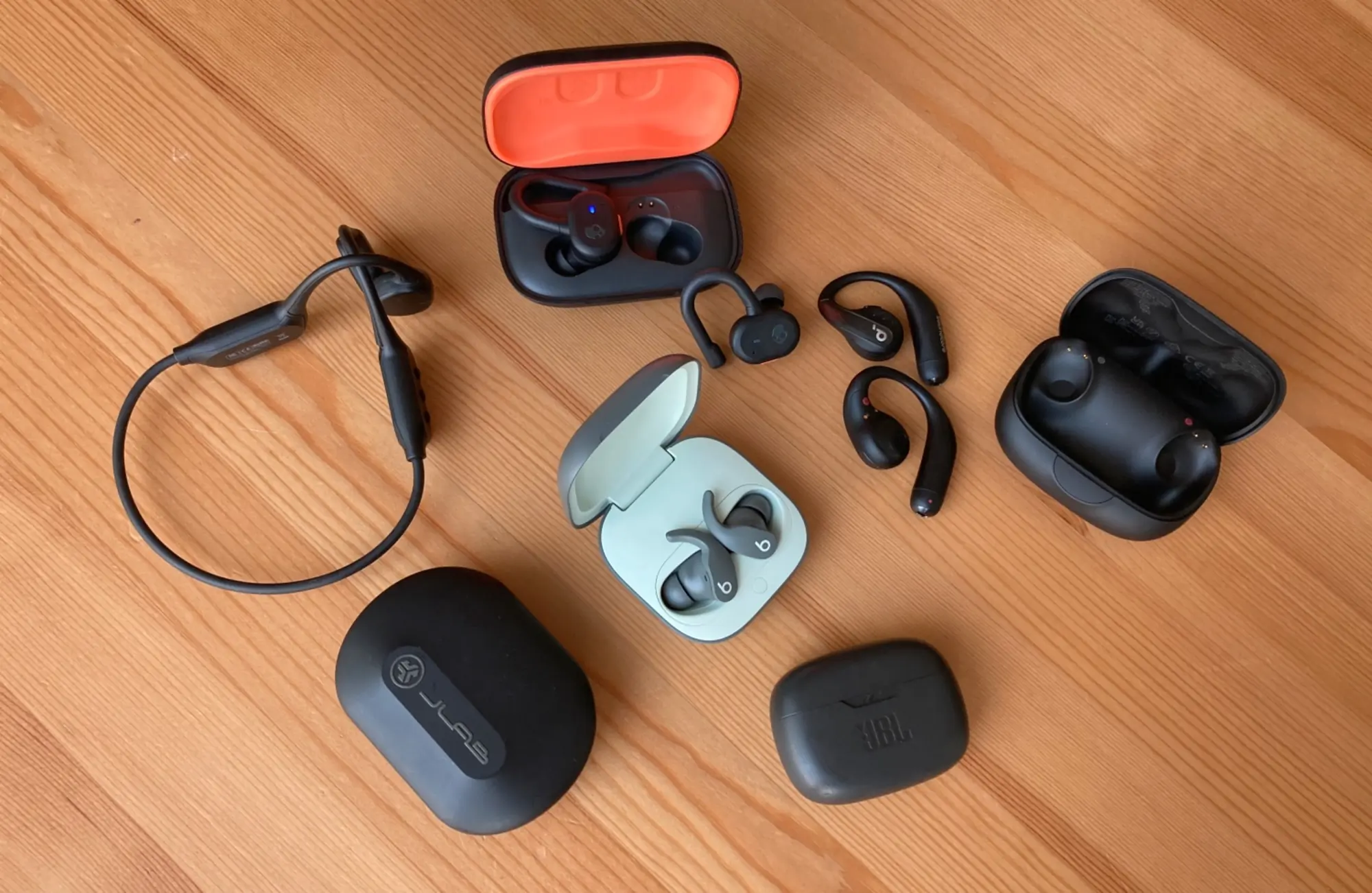

The Best Running Headphones of 2024
We tested and ranked the best running headphones of 2024, including pairs from Beats, SoundCore, and JBL.
